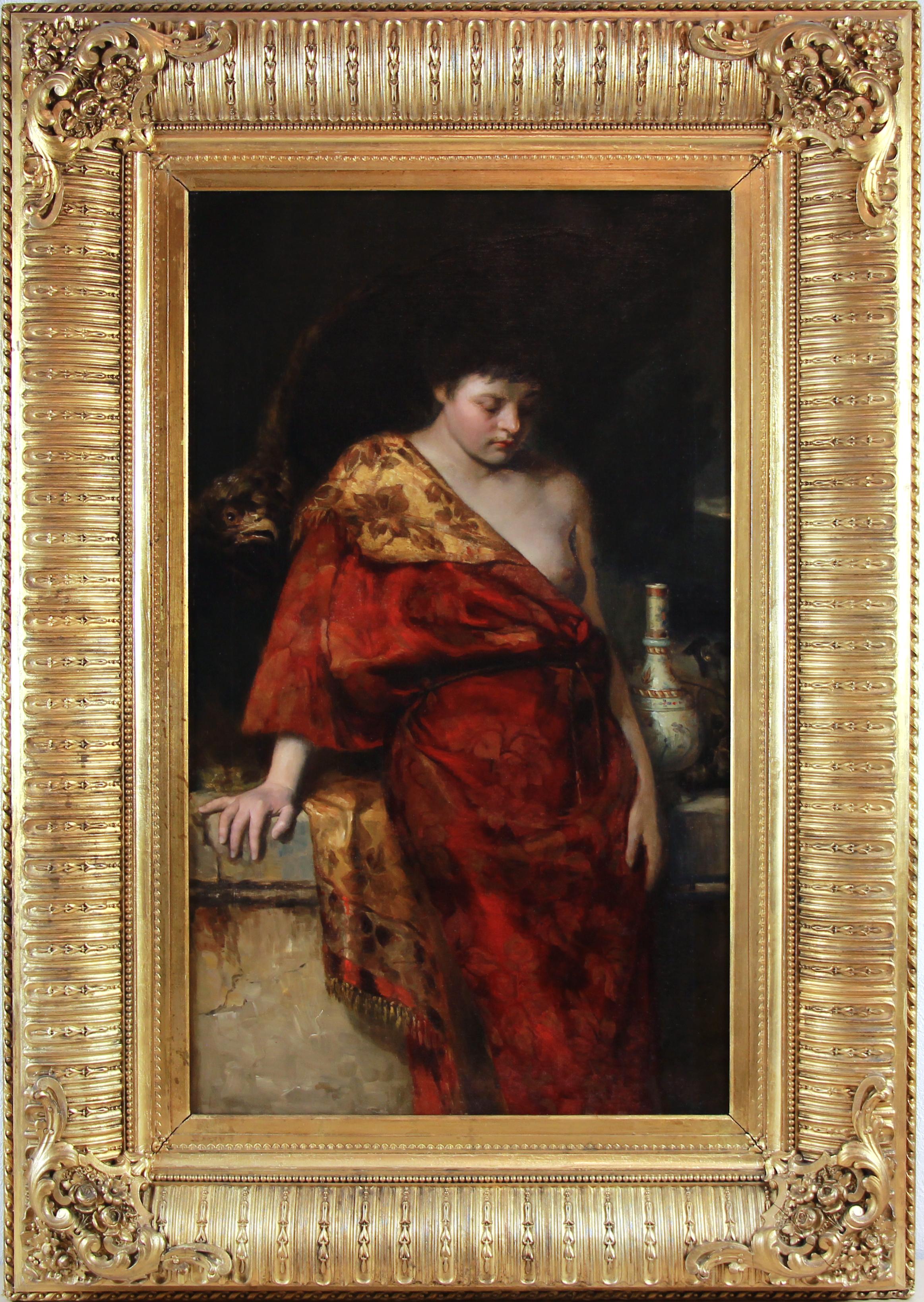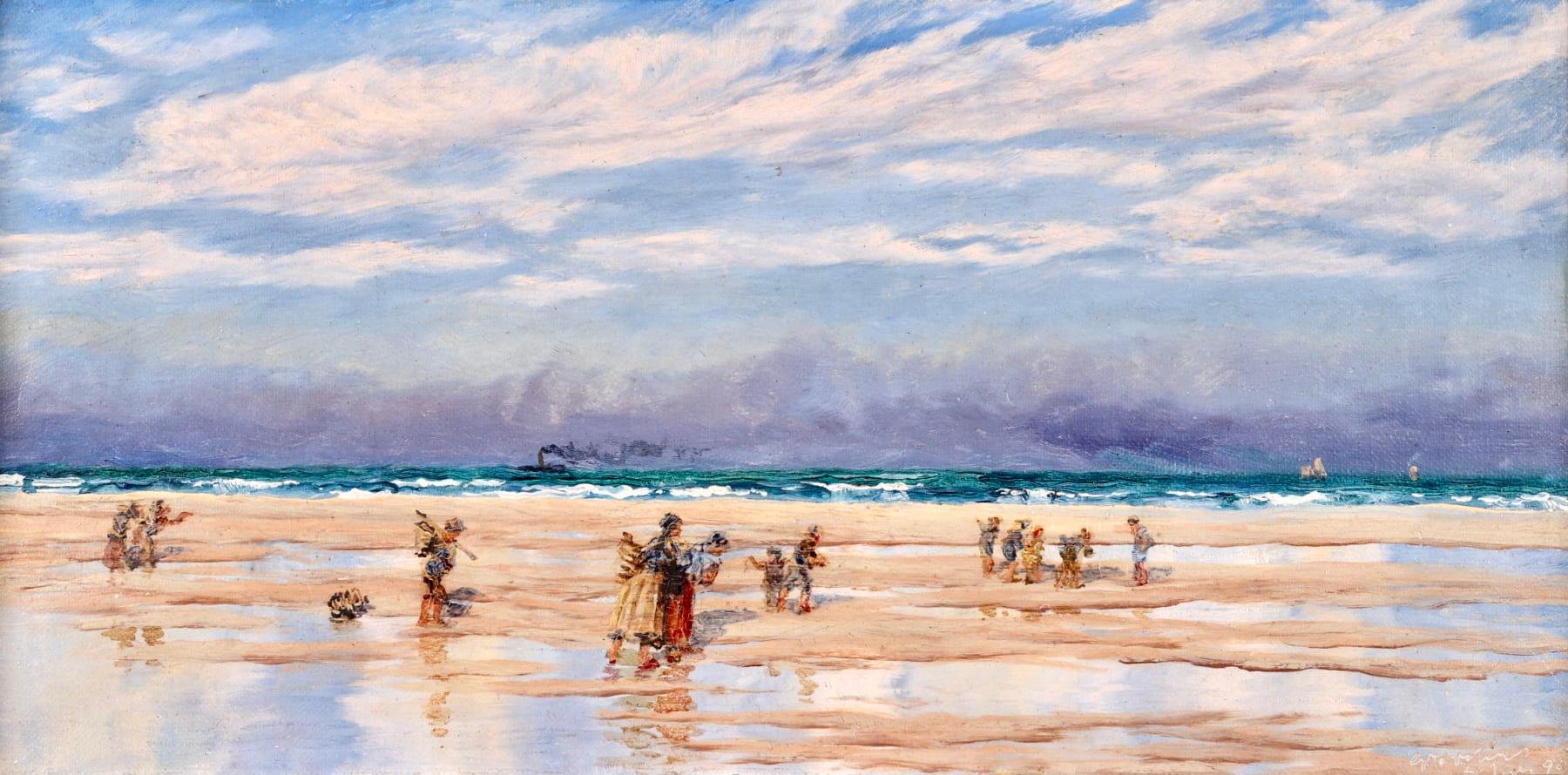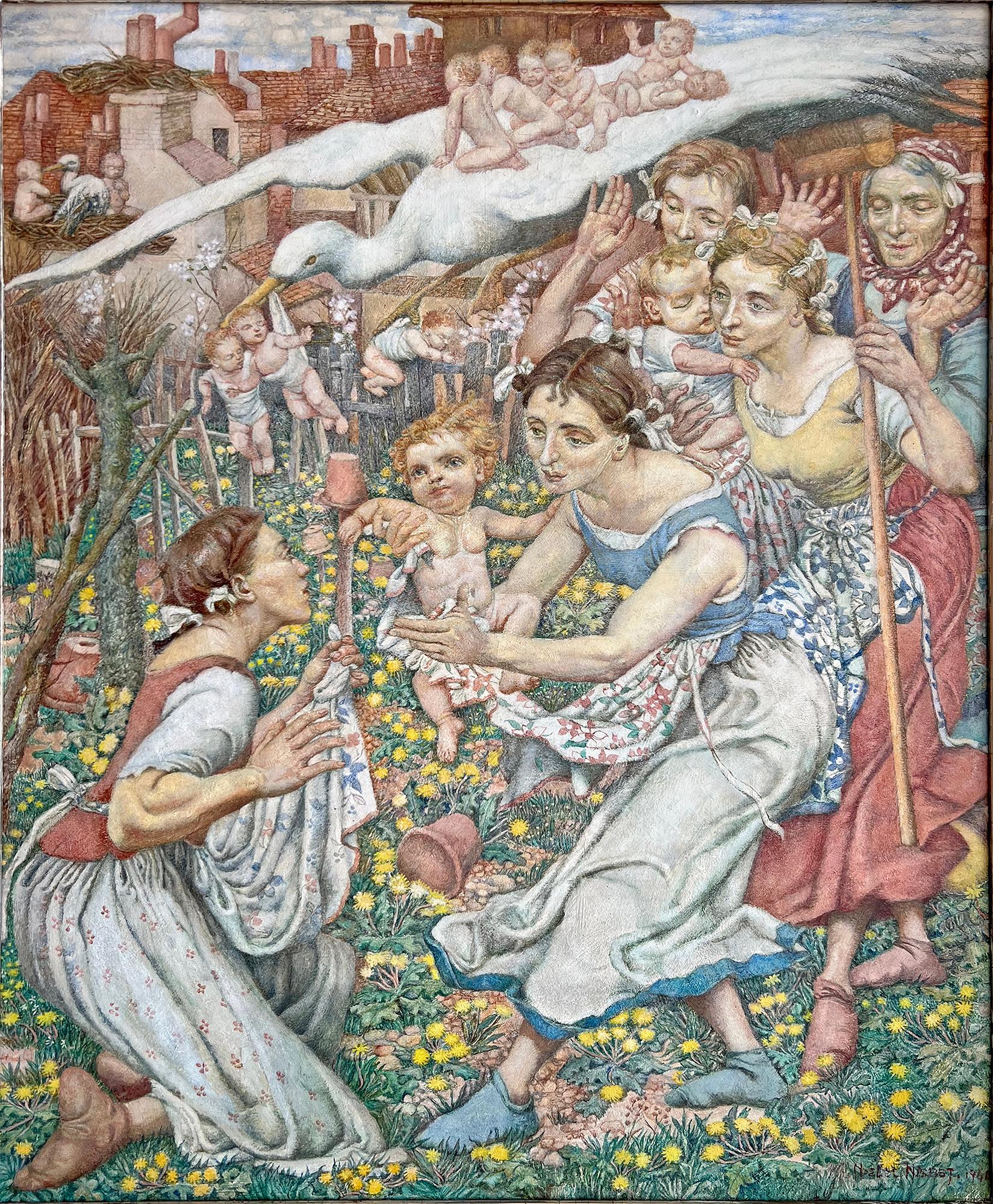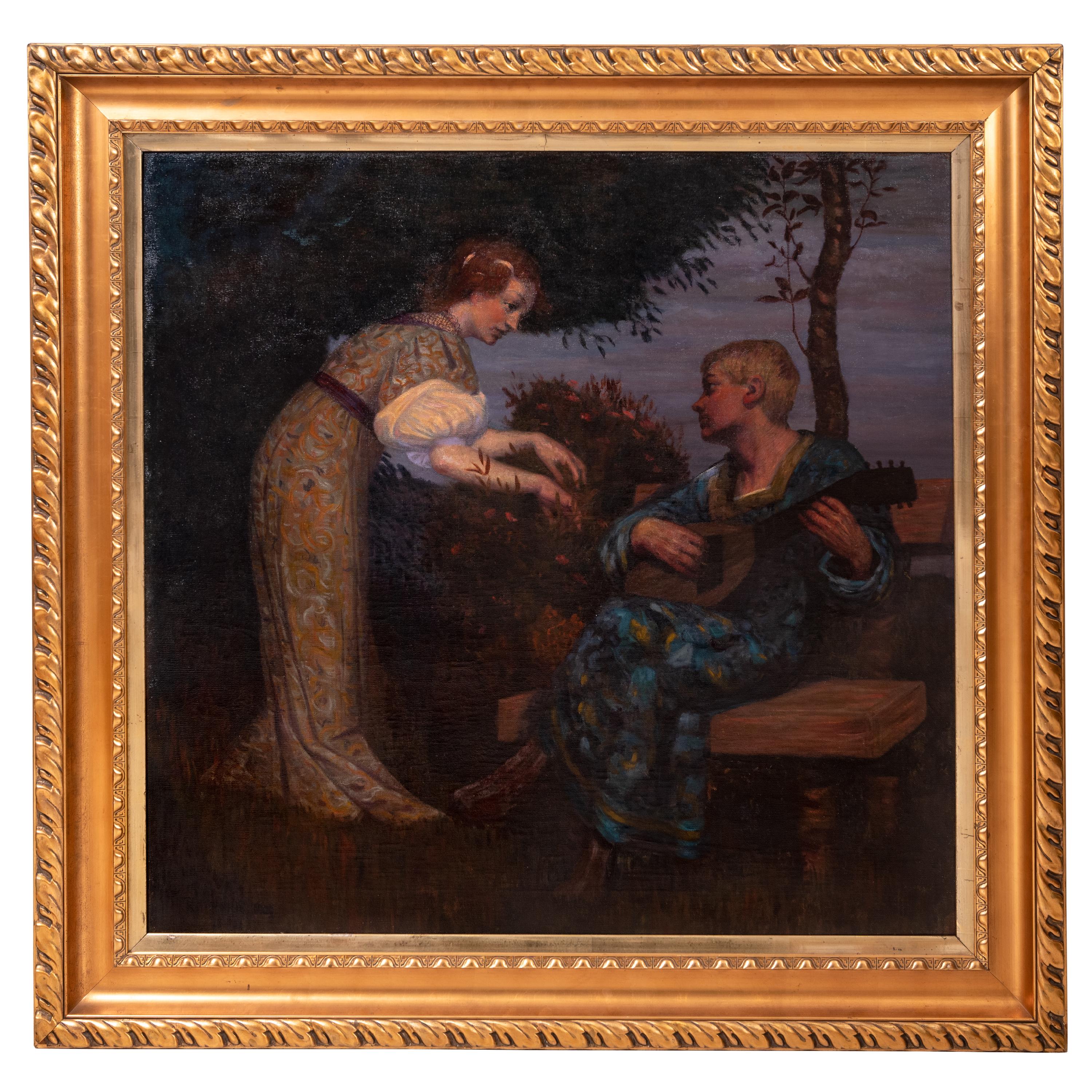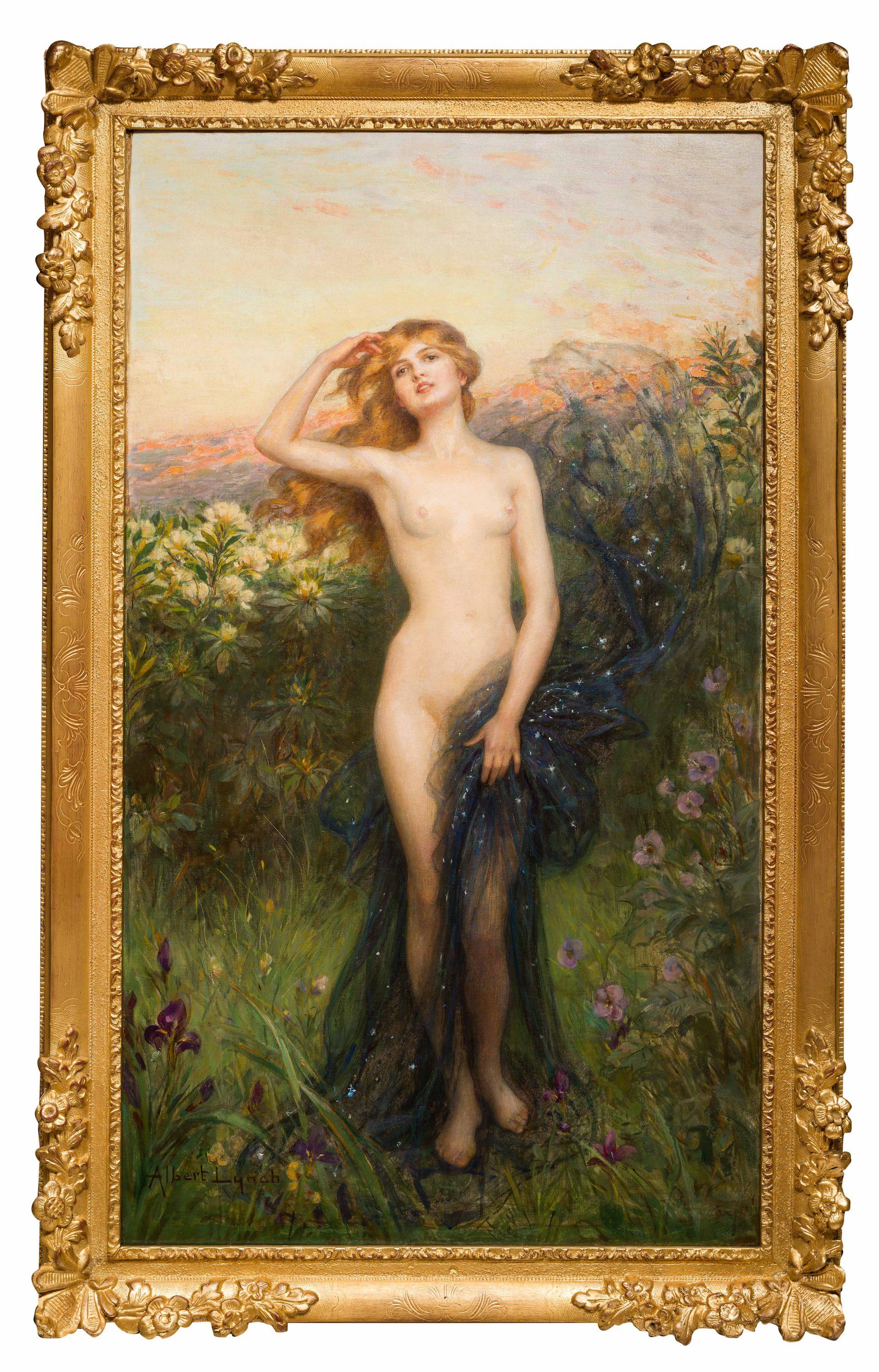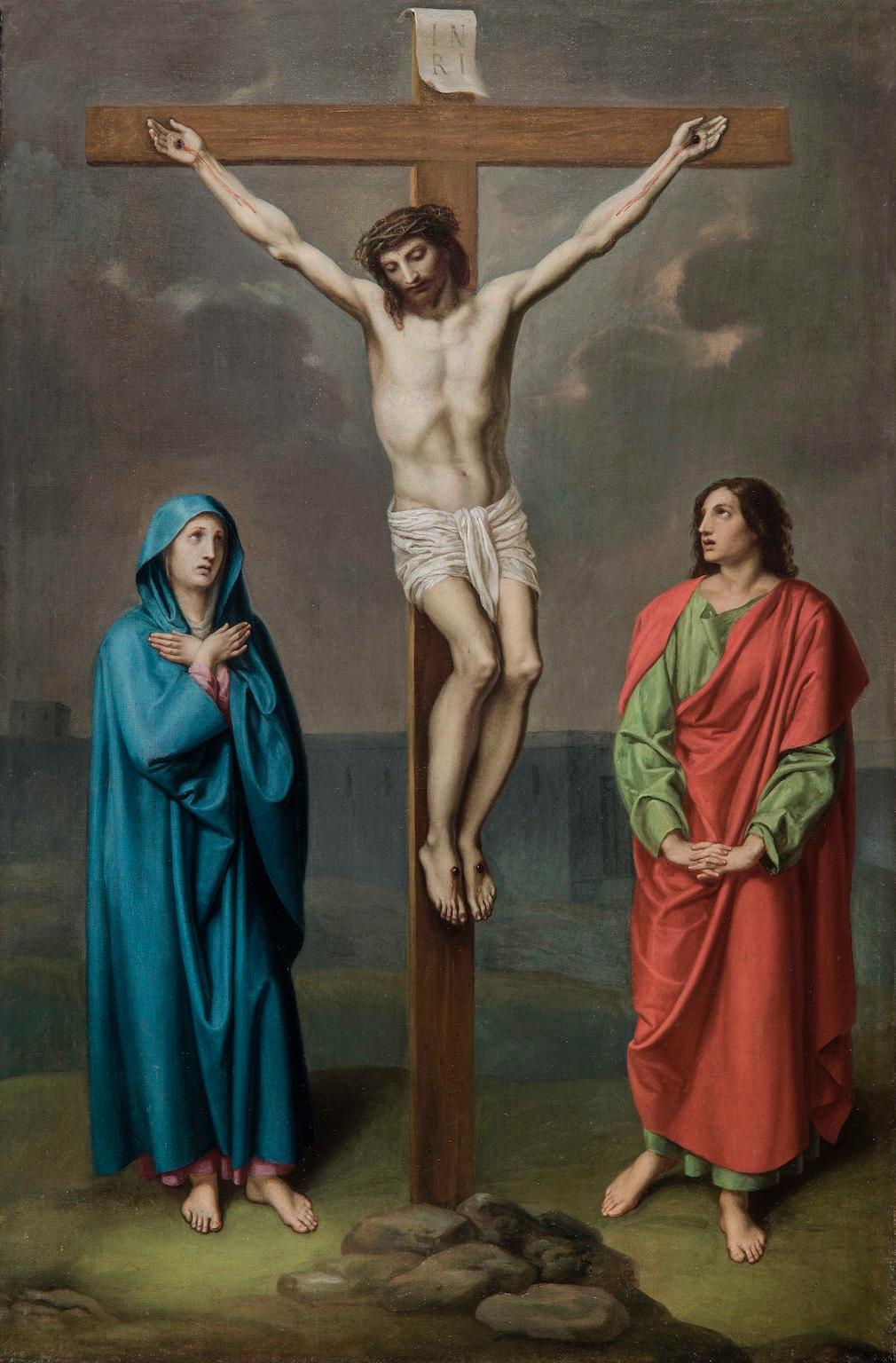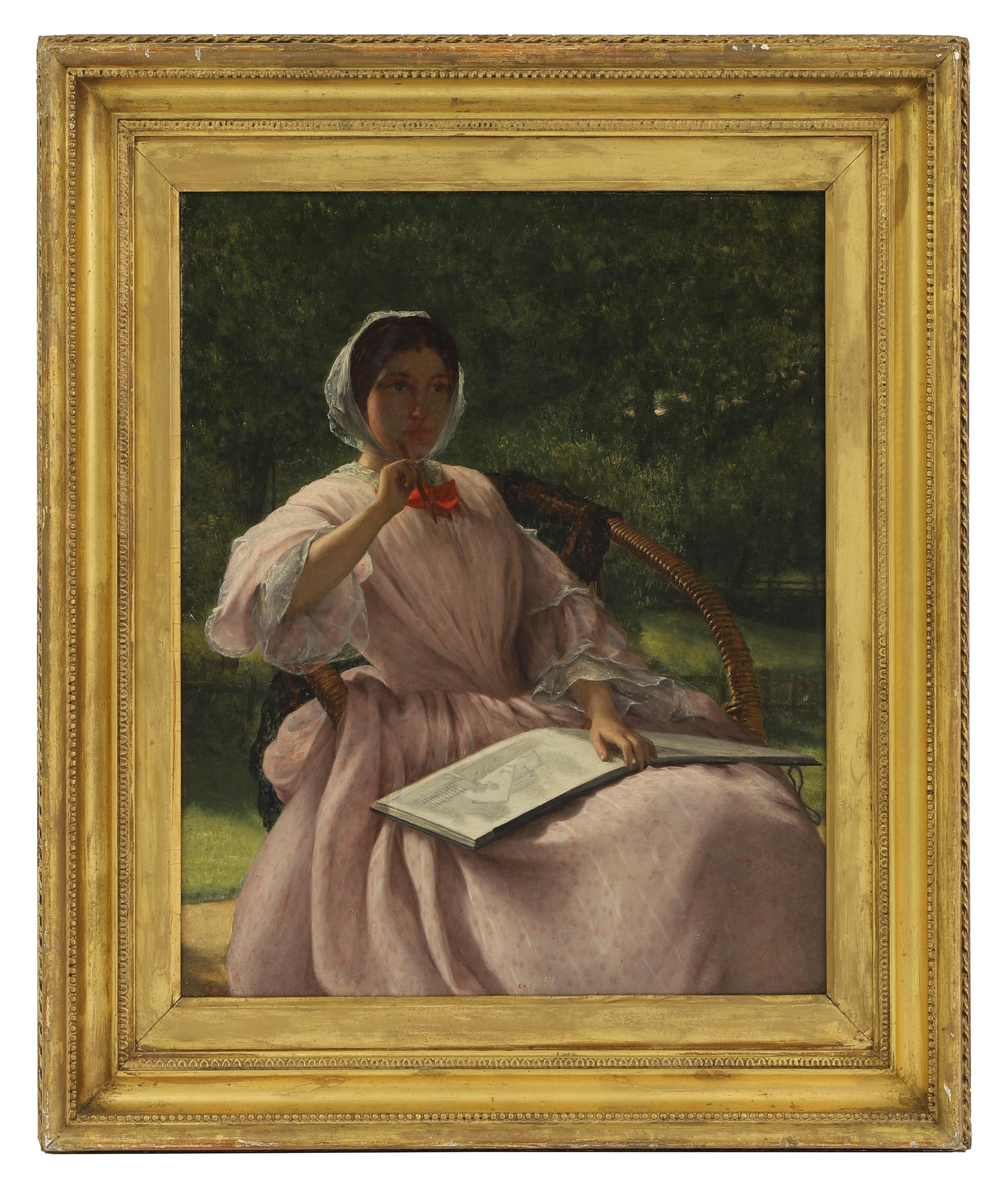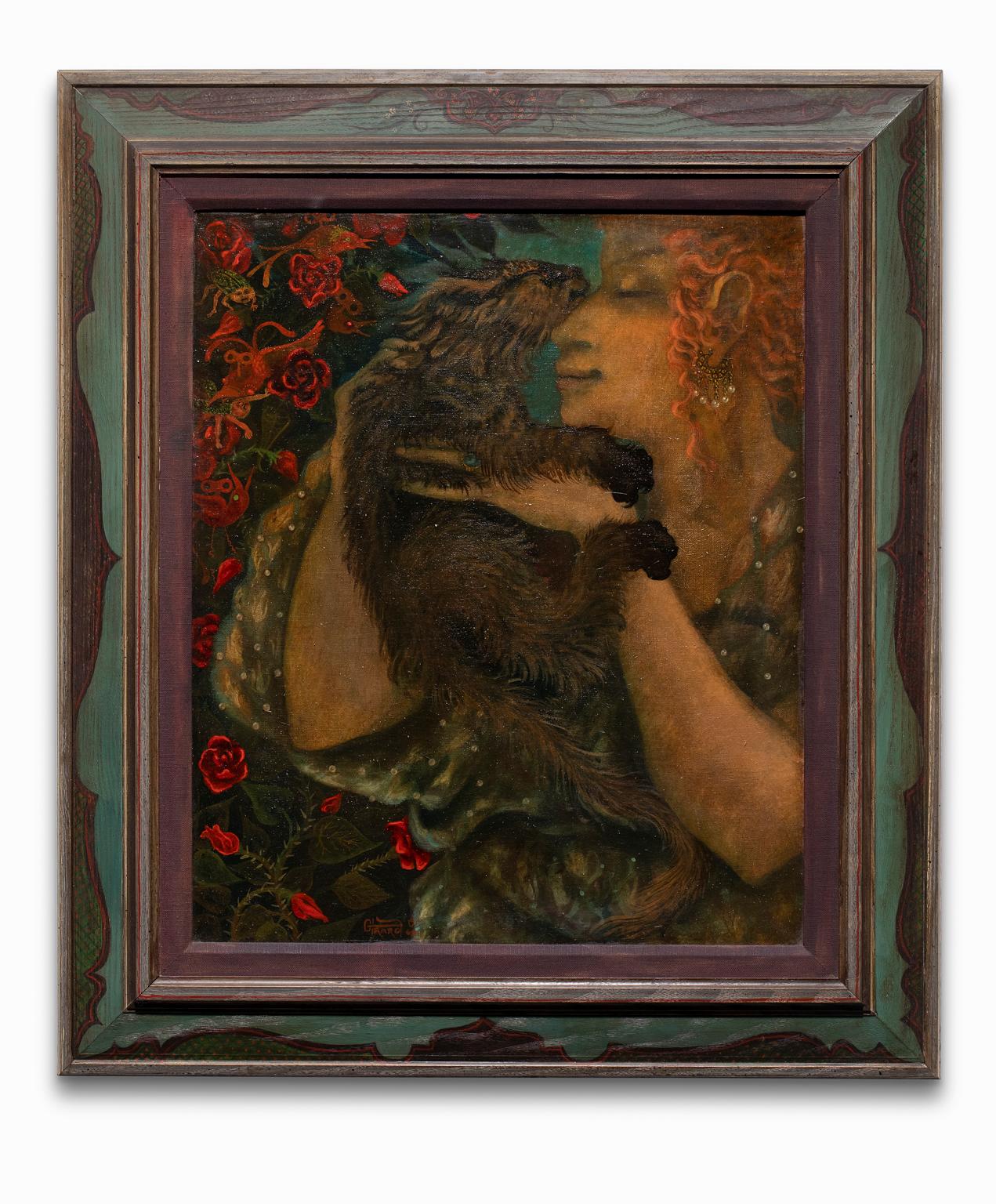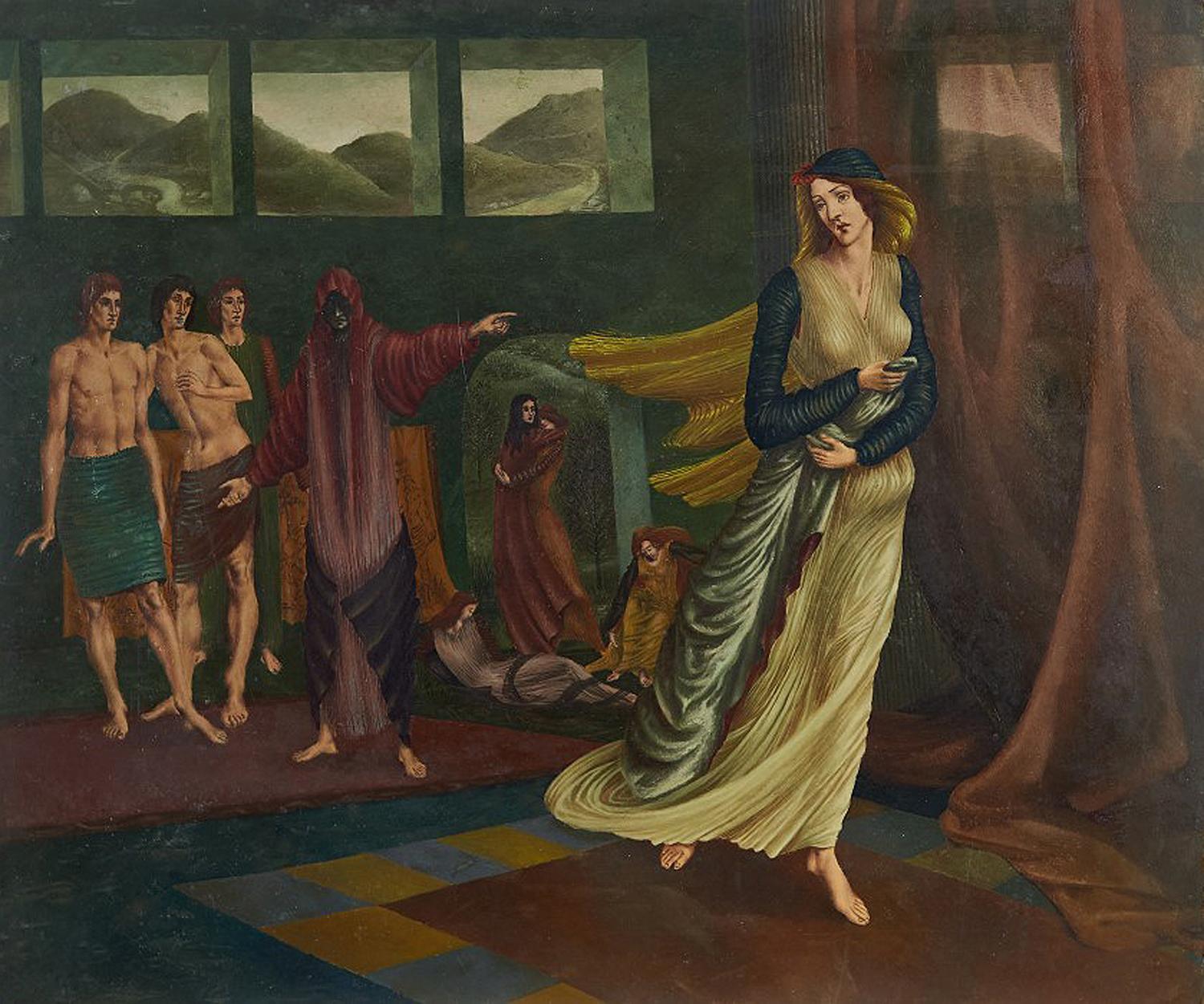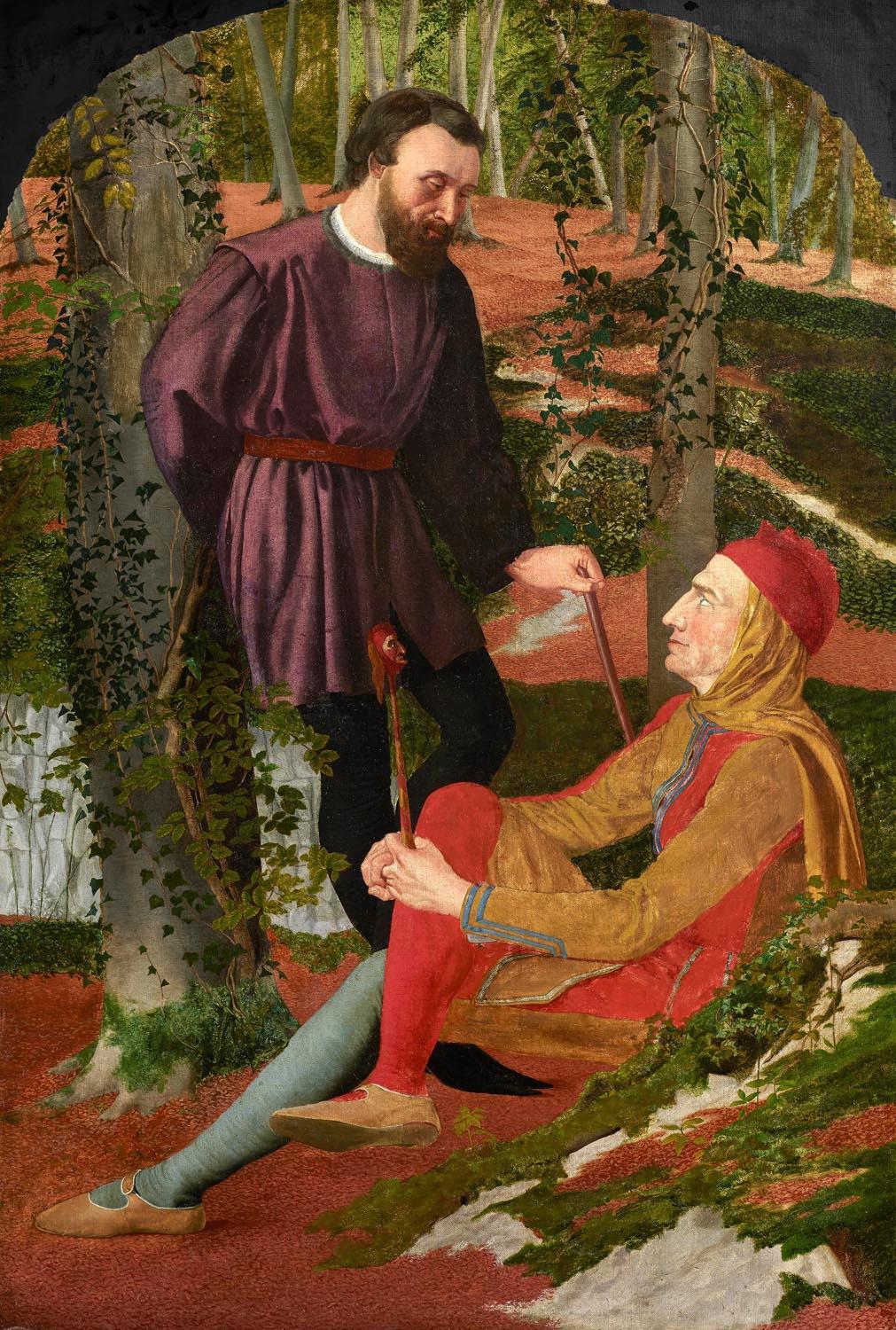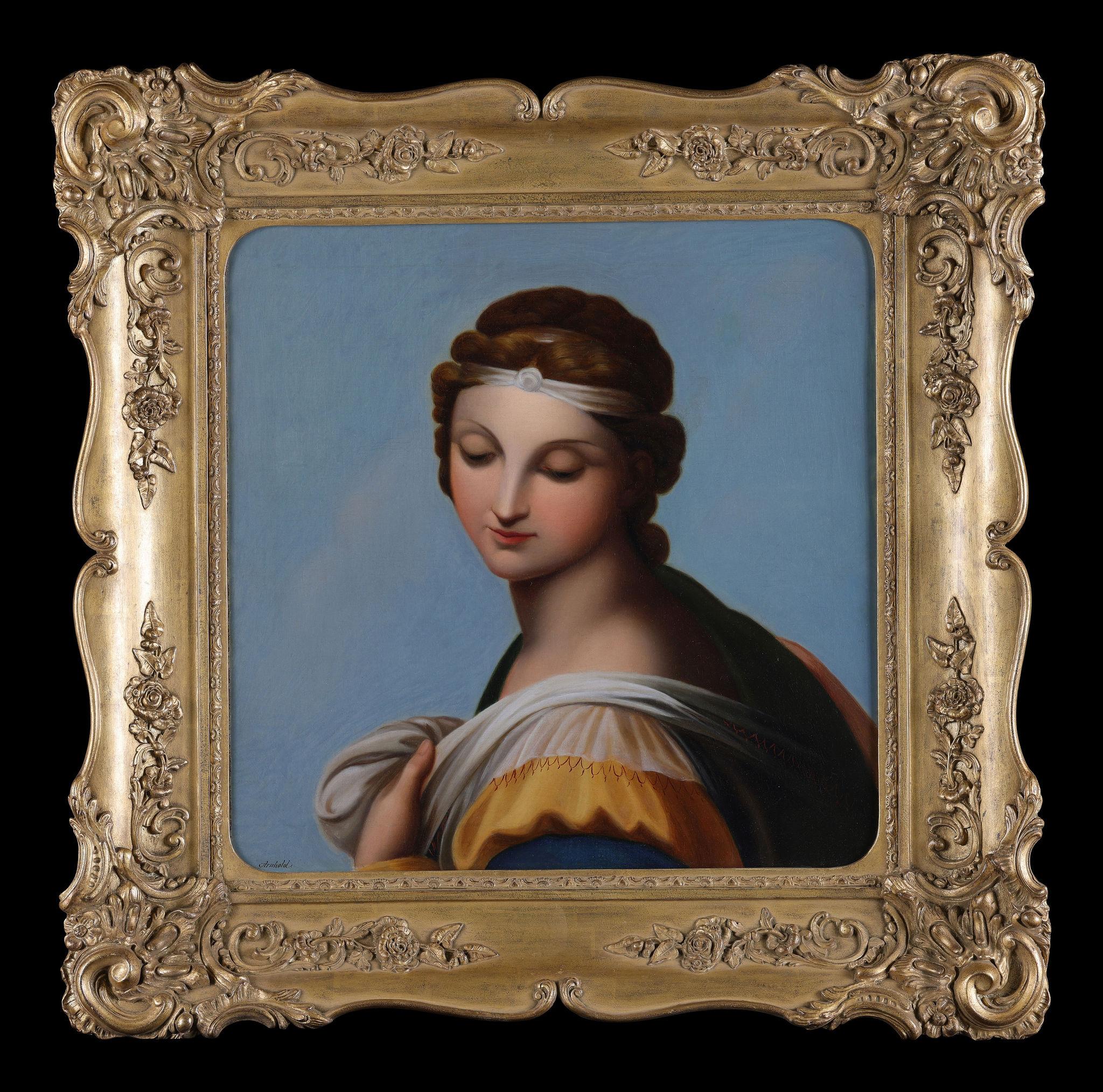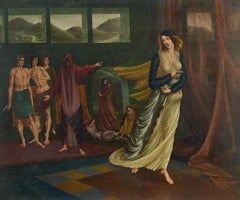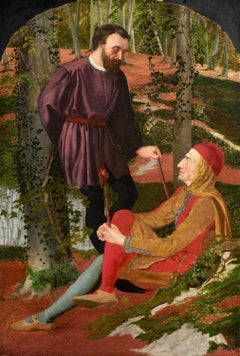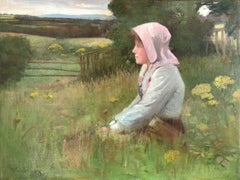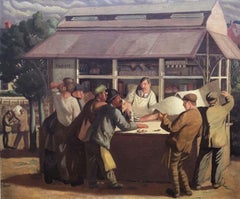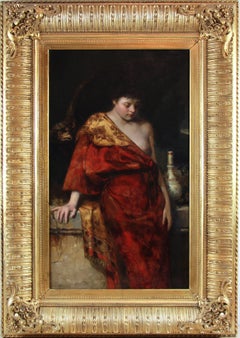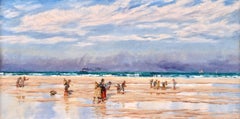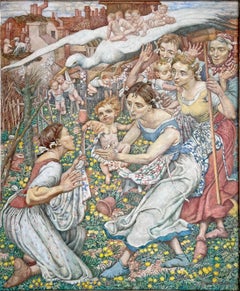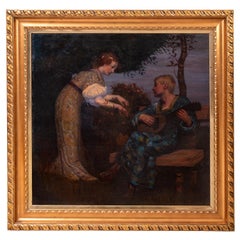Jane Shore doing Penance
View Similar Items
Want more images or videos?
Request additional images or videos from the seller
1 of 5
Richard RedgraveJane Shore doing Penance
About the Item
- Creator:Richard Redgrave (1804 - 1888, English, British)
- Dimensions:Height: 27 in (68.58 cm)Width: 14 in (35.56 cm)
- Medium:
- Movement & Style:
- Period:
- Condition:
- Gallery Location:London, GB
- Reference Number:1stDibs: LU52415813912
About the Seller
5.0
Vetted Professional Seller
Every seller passes strict standards for authenticity and reliability
Established in 2007
1stDibs seller since 2014
80 sales on 1stDibs
Typical response time: 6 hours
Authenticity Guarantee
In the unlikely event there’s an issue with an item’s authenticity, contact us within 1 year for a full refund. DetailsMoney-Back Guarantee
If your item is not as described, is damaged in transit, or does not arrive, contact us within 7 days for a full refund. Details24-Hour Cancellation
You have a 24-hour grace period in which to reconsider your purchase, with no questions asked.Vetted Professional Sellers
Our world-class sellers must adhere to strict standards for service and quality, maintaining the integrity of our listings.Price-Match Guarantee
If you find that a seller listed the same item for a lower price elsewhere, we’ll match it.Trusted Global Delivery
Our best-in-class carrier network provides specialized shipping options worldwide, including custom delivery.More From This Seller
View AllExiled, Early 20th-Century Pre-Raphaelite Oil on board
By Francis Plummer
Located in London, GB
Francis Plummer
1930 - 2019
Exiled
Oil on board
Image size: 20 ½ x 24 ½ inches
Framed
This rare collection of works from the artists estate, painted i...
Category
Mid-20th Century Pre-Raphaelite Figurative Paintings
Materials
Oil
Touchstone and Corin, British Pre-Raphaelite 19th Century Oil on Canvas
Located in London, GB
Adolphus M. Madot
Circa 1833 - 1861
Oil on canvas
Image size: 36 x 24 inches (91.4 x 61 cm)
Arched Pre-Raphaelite style frame
The subject of the present picture is the dialogue between the court jester Touchstone and the shepherd Corin in the Forest of Arden ( As You Like It, Act III, scene 2). The work of William Shakespeare 'As You Like It' was a popular literary source in Pre-Raphaelite circles, inspiring such artists as John Everett Millais, Walter Howell Deverell and Arthur Hughes. The present picture is comparable in style to the work of Edward W. Rainford and Henry Stacy Marks...
Category
1850s Pre-Raphaelite Figurative Paintings
Materials
Oil
Summer Haze, Early 20th Century Original Oil
By David Forrester Wilson
Located in London, GB
David Forrester Wilson
1873 - 1950
"Summer Haze"
Oil on canvas, signed lower left
Image size: 18 x 24 inches
Original gilt frame
David Forrester Wilson's sensitive portrayal of ...
Category
Early 20th Century Figurative Paintings
Materials
Canvas, Oil
London Costmongers, Urban 20th Century English Oil
Located in London, GB
Attributed to Mary Adshead
1904 - 1995
London Costmongers
Oil on canvas
Image size: 30 x 36 inches
Framed
Costermongers were London people that sold fruit and veg and other ‘perishables’ from barrows. Often wheeling and then stationing their barrow on the street, so their customers could easily come and buy from them.
Costermongers were fiercely independent, rebellious in their dress and outlook, and had little time for ‘middle class moralising’ and attempts to suppress or restrict their way of life. (Much like modern teenagers)
The men depicted stop work for a break with cups of tea and a few read the newspapers. Next to the man with the yellow apron can be seen some cakes on a plate. A work place , a factory can be seen in the distance on the right.
It is possible that the painting depicts a cabmen's shelter, as some did serve outside and many still survive today in London.
The style of the painting is very much that of a student of the Slade School in London and has similarities with other artists work such as James Batemen or Herbert Ashwin Budd. On the back of the painting it has in chalk the name 'Rhoades', which could refer to the artist Geoffrey Hamilton Rhoades...
Category
20th Century Figurative Paintings
Materials
Canvas, Oil
Reclining Nude, 20th Century Oil
By James Stroudley
Located in London, GB
James Stroudley
1906 -1985
Reclining Nude
Oil on canvas, signed lower left
Image size: 17 x 25 inches
Original frame
James Stroudley was born in London on 17 June 1906, the son of James Stroudley, showcard and ticket writer. He studied at Clapham School of Art (1923-27) and then at the Royal College of Art (1927-30), where his teachers included Alan Gwynne-Jones and William Rothenstein. As a recipient of the first Abbey Scholarship he was able to spend three years in Italy from 1930, where he absorbed the influences of Giotto and Piero della Francesca, and produced one of the last wholly satisfying decorative cycles by a Rome Scholar of the period. From 1934, he exhibited at the Royal Society of British Artists, and was elected to its membership in the following year.
From the Second World War – in which he worked with the Camouflage Unit – Stroudley taught at St Martin’s School of Art and was a visiting lecturer at the Royal Academy Schools. Though he continued to live in London, his later work, exhibited at the Royal Academy from 1955, indicated regular painting trips to Kent and Sussex coasts. However, much of his later work was abstract. In 1971, his former student, Peter Coker...
Category
20th Century Nude Paintings
Materials
Canvas, Oil
Mischief, 19th Century British School Signed Oil
Located in London, GB
British School
19th Century
Mischief
Oil on canvas
Image size: 30 x 25 inches
Signed and inscribed indistinctly
Category
19th Century Figurative Paintings
Materials
Canvas, Oil
Price Upon Request
You May Also Like
Hebe with Zeus mythological nude by Eduard Buchler 19th Century
Located in Gavere, BE
Hebe with Zeus mythological nude by Eduard Buchler 19th Century
Hebe is the daughter of Zeus and his sister-wife Hera.
Pindar in Nemean Ode 10 refers to her as the most beautiful of...
Category
1880s Pre-Raphaelite Nude Paintings
Materials
Gold Leaf
$12,215 Sale Price
20% Off
Gathering Cockles - Pre-Raphaelite Figures in Landscape Oil by John Edward Brett
By John Edward Brett ARA
Located in Marlow, Buckinghamshire
Signed and dated figurative oil on canvas by English Pre-Raphaelite painter John Edward Brett. In 1896 John Brett and his wife Mary went to Paris, the first time the artist had been ...
Category
1890s Pre-Raphaelite Figurative Paintings
Materials
Canvas, Oil
Pre-Raphaelite Style Painting of Mothers and Babies in WWII
Located in Miami, FL
Babies are falling from the sky and not bombs. British female artist and illustrator Noel Laura Nisbet makes a passionate twist to the reality of En...
Category
1940s Pre-Raphaelite Figurative Paintings
Materials
Canvas, Oil, Mixed Media, Tempera
Large Antique German Oil Canvas Hermann Frobenius Pre-Raphaelite Painting 1900
Located in Portland, OR
A Large and impressive antique oil on canvas Pre-Raphaelite painting by the German artist, Hermann Frobenius (1871-1954), signed and dated 1900.
Frobenius had classical training and studied both in Rome and Florence, he later was in the circle of Arnold Bocklin and Hans von Marees, he settle in Munich but also in Dresden briefly and latterly in Berlin. He, like many other European painters was fascinated with North Africa and painted many oriental scenes of Algiers, Tunis and Cairo, he was represented at many exhibitions, including the "Great German Art Exhibition" in Munich 1941.
This painting (an early example of the artist's work) is very finely painted in the Pre Raphaelite style, depicting a medieval costumed...
Category
Early 1900s Pre-Raphaelite Figurative Paintings
Materials
Canvas, Oil
Rêverie
By Albert Lynch
Located in Paris, FR
Albert LYNCH (1851-1936)
French
"Rêverie"
Oil on canvas
Signed lower left
Canvas: 43 1/4" high x 24 3/4" wide
Frame: 49 5/8" high x 30 3/4" wide
Albert LYNCH: Born in Lima in 1851, Albert Lynch studied art at L'Ecole des Beaux-Arts de Paris and in the studios of the figure painters Gabriel Ferrier and Henri Lehmann...
Category
19th Century Pre-Raphaelite Figurative Paintings
Materials
Canvas, Oil
19th century Italian religious purist figurative crucifixion painting
Located in Florence, IT
The painting (oil on canvas 97 x 63 cm, with gilded wooden frame 104 x 71 cm) depicts one of the most dramatic and salient moments in the Christian Catholic religion, namely the cruc...
Category
Early 19th Century Pre-Raphaelite Figurative Paintings
Materials
Canvas, Oil
Recently Viewed
View AllMore Ways To Browse
Framed Manuscript
King Throne
Medieval Cross
Used Tabernacles
14th Century Medieval
X Frame Throne
Medieval Marble
Queen Victoria 1840
Antique Tabernacle
Antique Surveyor
Paintings By Thomas King Original
Blue John Marble
Dior Blue Monogram
Blue Dior Gown
Gloucester Etching
Great Exhibition 1851
Luca Luca Gown
Leonard Bernstein Photographs
